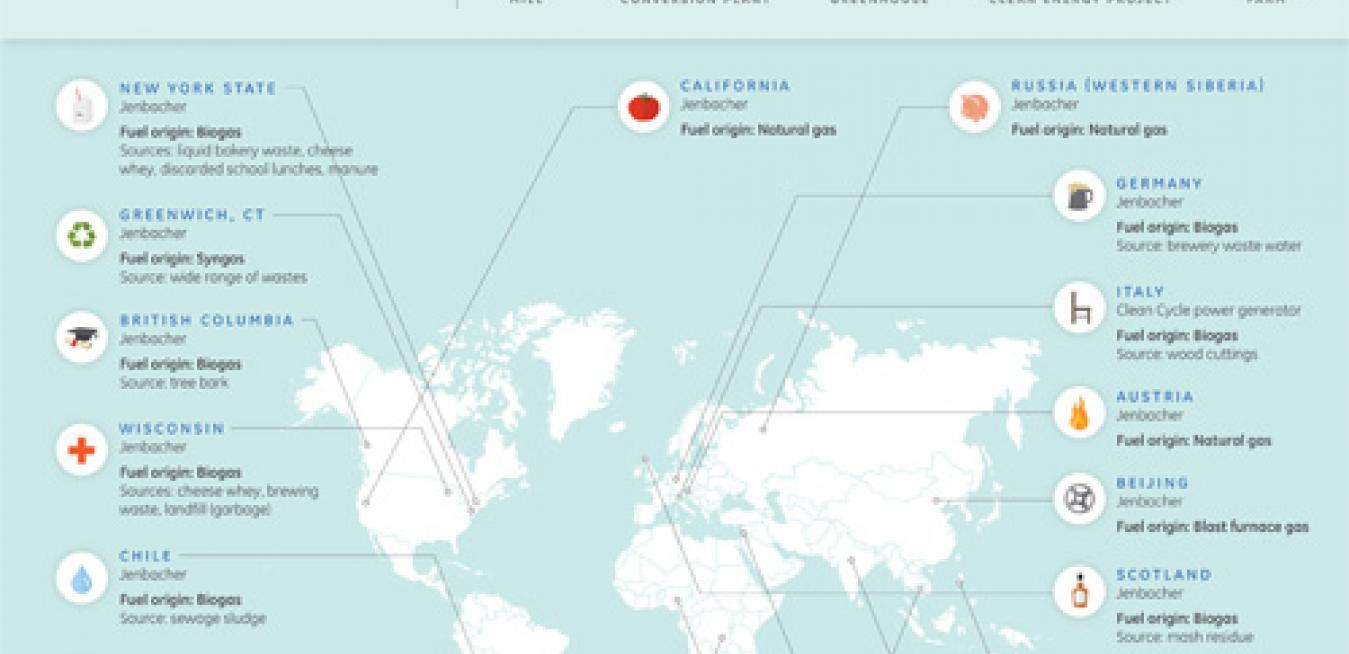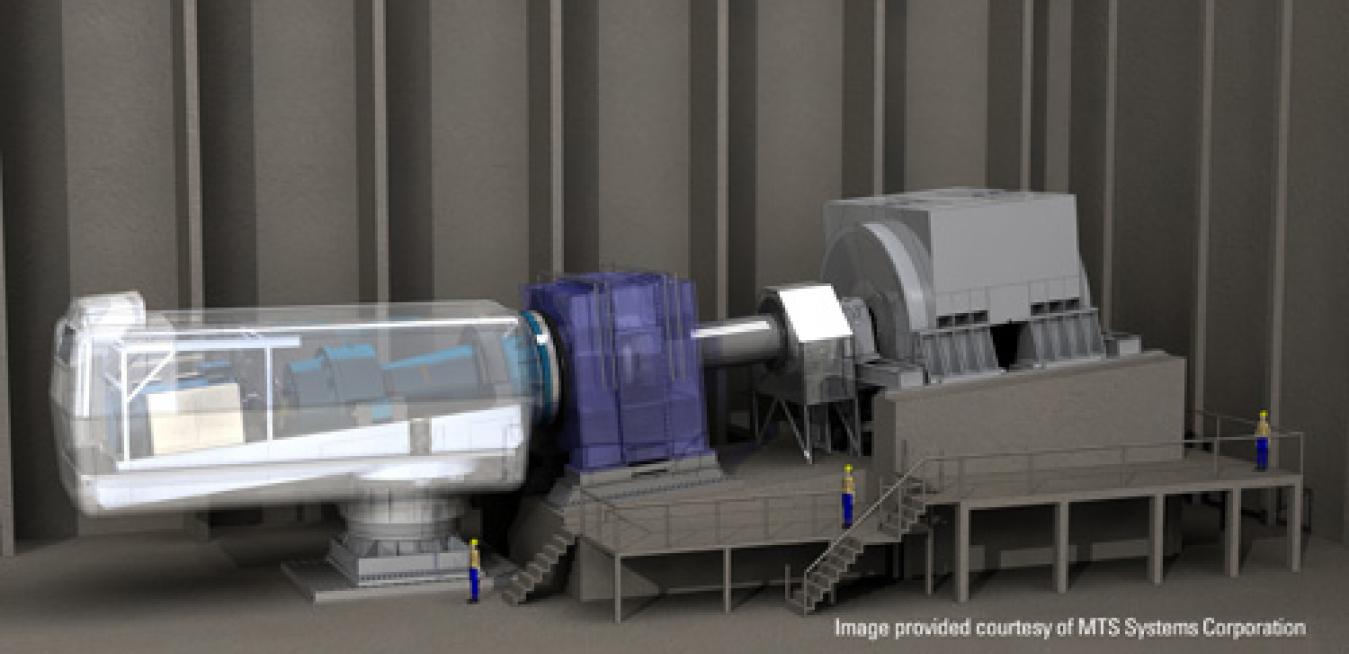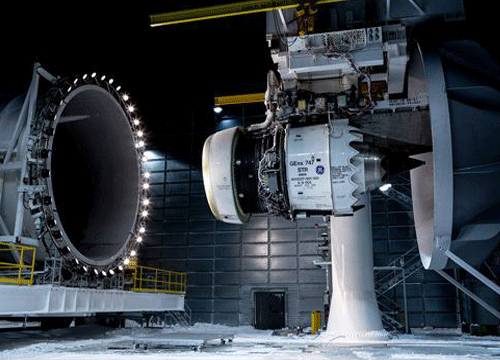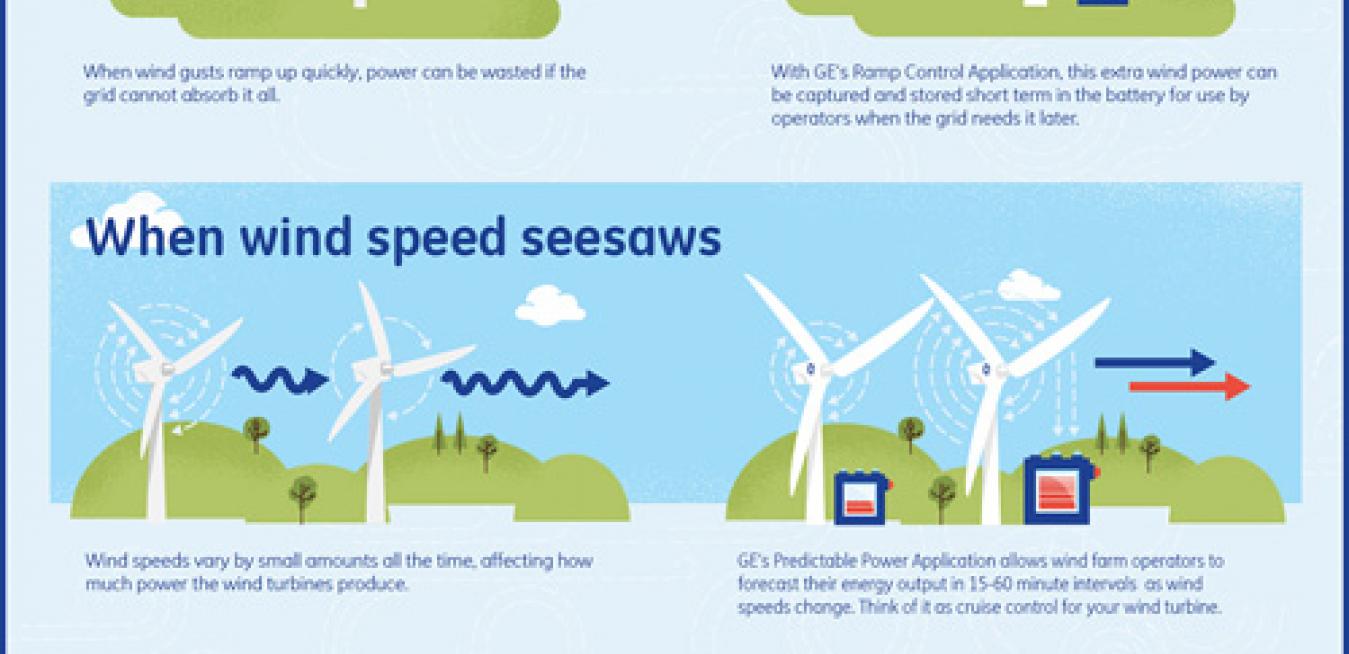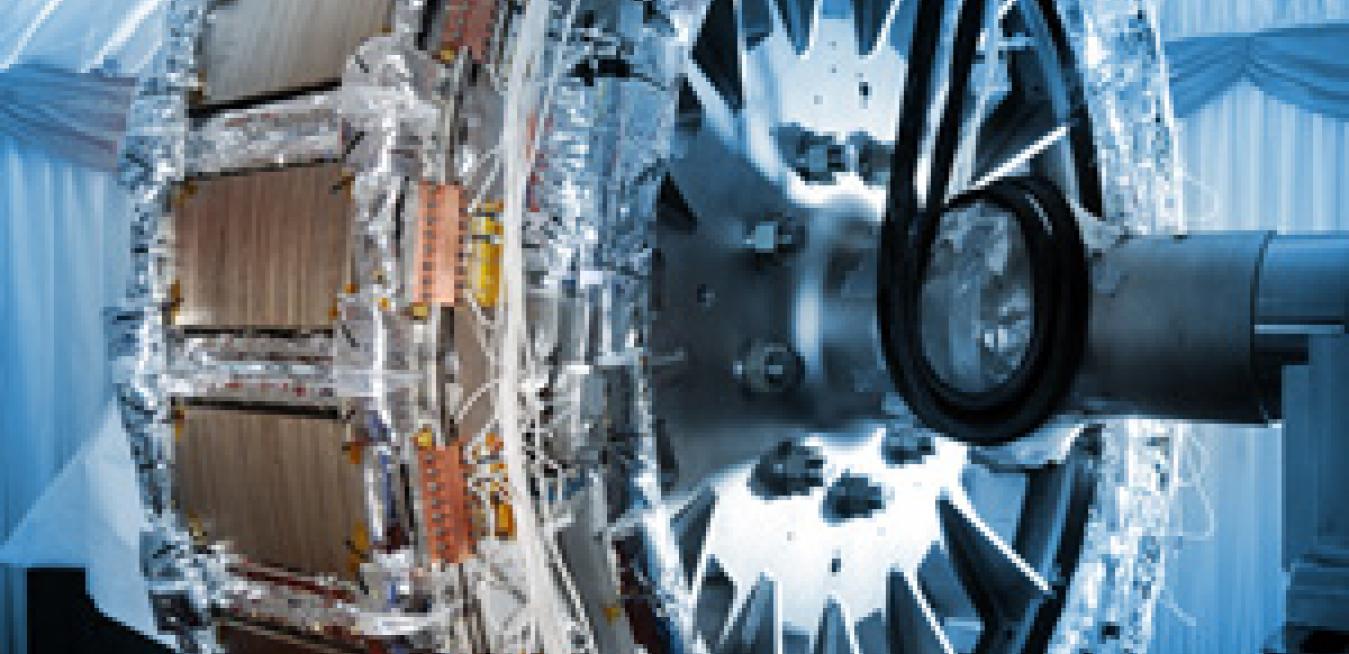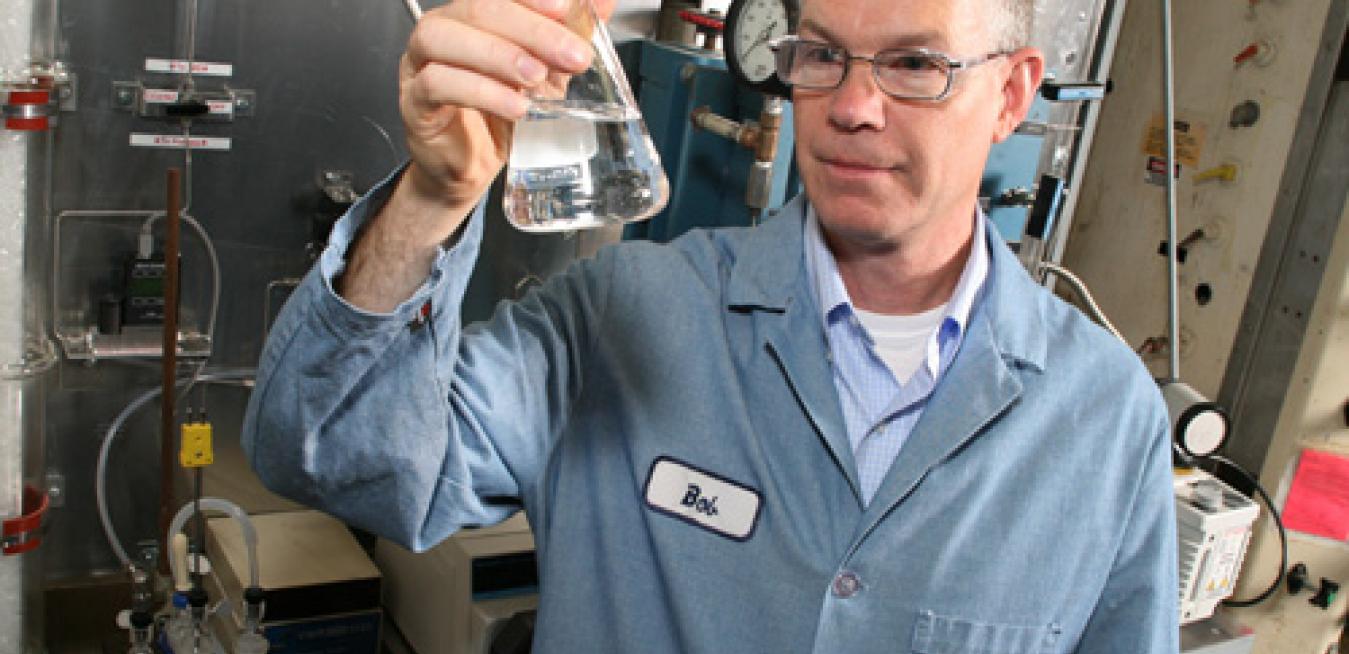What do you do when you run a growing business in a booming country in Africa and Asia but run out of electricity? What if your plant in America or in Germany gets slammed by a big storm or a heat wave and grid goes down? One answer is to build your own power plant.
GE engineers have designed a new monster motor for testing wind turbines capable of generating extreme torques produced by gale force winds and nasty offshore storms. “It’s basically a huge wind turbine in reverse,” says Franz Hubl, global business leader for test systems at GE Power Conversion. “It generates torque instead of electricity. We can put a lifetime of stress on a wind turbine prototype in just 200 days.”
New test bed can exert a lifetime of stress on a wind turbine prototype in just 200 days.
Tom Brisken smiles when he sees his jet engine roar down the runway, but it is the smile of a long-distance runner at the end of a marathon. Brisken spent the last decade developing GE’s most advanced large jet engine, the GEnx, as the general manager in charge of large aircraft customer strategies at GE Aviation, and the path to technological breakthrough wasn’t always clear. “There for a while we were biting our nails,” he says.
Is a blustery day a boon for a wind farm or too much of a good thing? It depends, says Keith Longtin, general manager for wind products at GE’s renewable energy business. “The grid can’t always accept wind power as fast as it comes up,” Longtin says. “When it’s gusting, turbines turn their blades out of the wind and let some of the power pass through. That revenue is gone with the wind.”
Europe’s beating industrial heart, Germany, will lose as much as fifth of its lifeblood electricity over the next decade as the country pulls the plug on nuclear reactors. A process called Energiewende will replace nuclear power with a combination of electricity from natural gas and renewables.
A century ago, Dutch physicist Heike Kamerlingh Onnes cooled a ring made from mercury near the absolute zero [at 0 Kelvin (minus 459 F) the coldest possible temperature], sent through electrical current and removed the battery. One year later, the current was still flowing. The experiment helped Kamerlingh Onnes discover superconductivity, a physical phenomenon that drops electrical resistance to zero in extremely cold metals.
First the good news. Carbon dioxide emissions from coal have been falling over the last five years in the U.S., hitting the lowest point for any quarter since 1986 in March 2012. Cheap natural gas allowed utilities to cut back on coal, the most “carbon-intense” fossil fuel used for power generation.
When GE engineers decided to build a better power plant a few years ago, they looked up at the sky. In the 1950s, aviation legend Gerhard Neumann built the first GE supersonic jet engine by using a system of compressor blades called “variable vanes” that could turn and alter the flow of air coming inside the engine during flight. “It changed everything,” says former GE aviation engineer Jim Johnson.
